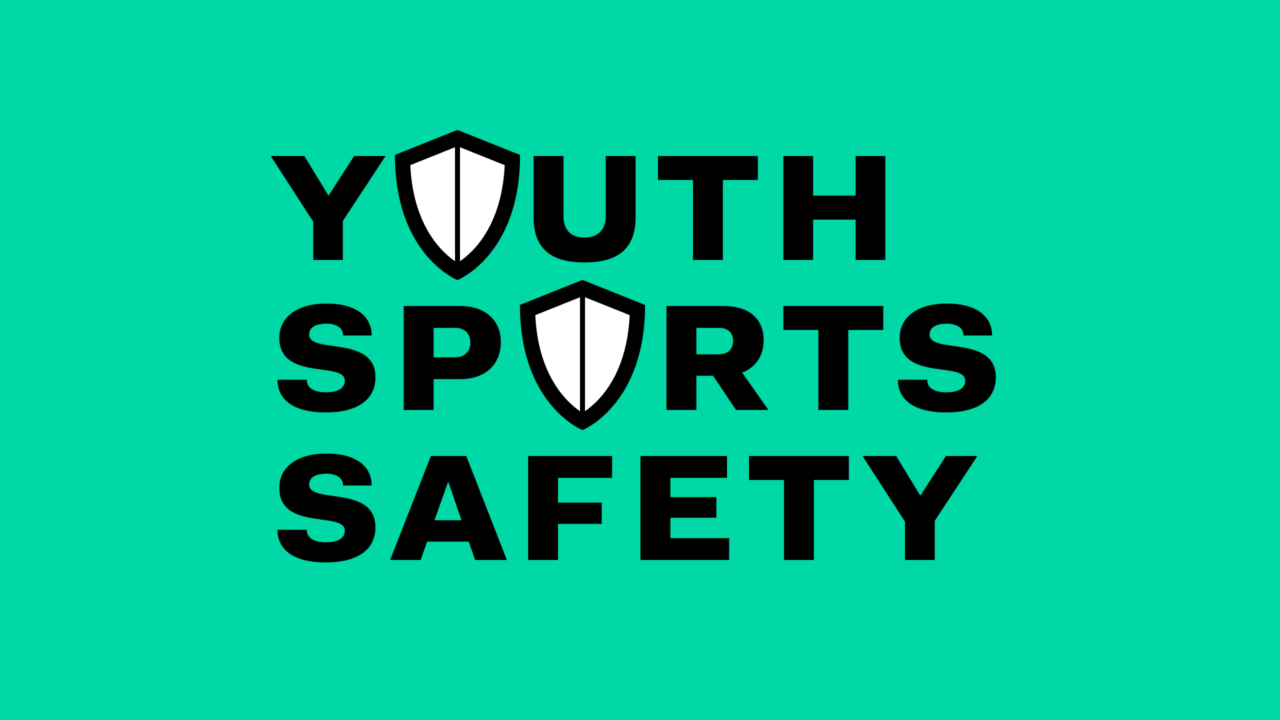Context
According to the European Study on statistics of abuse in sports led by Edge Hill University and other EU universities conducted in 2021, 3 out of 4 participants reported a negative experience (CASES,2021). Whilst 1 out of 10 reports severe abuse the most common experience of abuse in footballs is psychological violence and the least common is contact-sexual violence. Sexual violence is experienced significantly more often outside than inside footballs. In all categories, boys have reported more experiences of violence in sports than girls. The prevalence is lowest in recreational sports and highest for those who competed in international competitions. Among the countries participating in the study, prevalence of abuse varies from 70% in Austria (lowest) to 80% in Belgium Brussels-Wallonia (highest). The position of the perpetrator in all forms of abuse is peers under 18 years old. This is a very important finding emphasizing the need to work with children and youth more comprehensively.
Safeguarding in sports is crucial for protecting athletes, ensuring fair play, and maintaining the integrity of the sport. However, there are several challenges faced in this area:
- Abuse and harassment: Athletes may face various forms of abuse, including physical, emotional, and sexual abuse, as well as harassment from coaches, teammates, or other individuals within the sports environment.
- Lack of awareness: Many athletes, coaches, and administrators may not fully understand what constitutes abuse or harassment, leading to incidents being overlooked or dismissed.
- Power dynamics: Coaches and other authority figures within sports organizations may hold significant power over athletes, making it difficult for athletes to speak up about abuse or harassment for fear of retaliation or other consequences.
- Cultural and societal norms: Some cultures or societies may have norms that tolerate or even encourage behavioursthat constitute abuse or harassment, making it challenging to address these issues effectively.
- Inadequate policies and procedures: Sports organisations may lack comprehensive safeguarding policies and procedures, or existing policies may not be effectively implemented or enforced.
- Inadequate involvement of young athletes in safeguarding efforts: Sport governing bodies did not pay enough attention and resources to involve them in those efforts.
- Lack of reporting mechanisms: Athletes may not know how or where to report incidents of abuse or harassment, or they may fear that their reports will not be taken seriously or properly addressed.
- Resource constraints: Many sports organizations, especially at the grassroots level, may lack the resources, such as funding, staff, or training, needed to implement robust safeguarding measures.
- Privacy concerns: Balancing the need to protect the privacy of individuals involved in safeguarding incidents with the need for transparency and accountability can be challenging for sports organizations.
Addressing these challenges requires a multifaceted approach involving education and training, the development and implementation of clear policies and procedures, the establishment of reporting mechanisms, and a commitment to creating a culture of safety and respect within the sports community.
One of the important strategies to tackle these challenges is to ensure the meaningful participation and engagement of young athletes in keeping themselves safe. Indeed, empowering children and youth in safeguarding ensures they are equipped with the knowledge and skills to recognize and report any instances of abuse or misconduct and helps to protect them from potential harm. This proactive approach plays an important role as prevention, instead of solely relying on reactive measures, such as investigations after an incident has occurred, proactive efforts to educate and empower young individuals can help prevent incidents from happening in the first place.
It also provides them with education about their rights, boundaries, and appropriate behaviours. This education not only helps them protect themselves but also fosters respectful and inclusive environments within sports.
It contributes as well to the awareness about the importance of safety in sports settings.This awareness can extend beyond the individual to create a culture of vigilance and accountability within the sporting community. Involving children and youth in safeguarding initiatives contributes to a cultural shift within sports organizations and communities. It thus contributes to a cultural shift as it fosters a culture of transparency, accountability, and open communication, where everyone is responsible for ensuring the safety and well-being of athletes, coaches, and other participants.
Finally, by involving young athletes in safeguarding initiatives, federations and grassroots sports associations can foster a sense of responsibility and leadership among the next generation of athletes and sports enthusiasts. This can lead to sustained efforts in promoting safety and well-being in sports well into the future.
Empowering young athletes in safeguarding is a proactive and effective strategy to increase protection in sports activities. It not only addresses immediate concerns but also fosters a culture of safety, trust, and accountability that benefits participants in the long term.



